Final Cut Pro X is Apple's non-linear, non-destructive video editing software. It is a native 64-bit application capable of utilizing all CPU cores and GPU-accelerated processing, useful for improved playback, rendering, and transcoding. It is used by hobbyist filmmakers and industry professionals in TV, Film, and streaming media.
The software is available to purchase directly from the Mac App Store for $299.99.
Final Cut Pro History
Macromedia initially created Final Cut Pro as an alternative to Adobe Premiere, designed to work alongside Apple's QuickTime. Randy Ubillos, a designer behind the first three iterations of Adobe Premiere, led the project. While the program saw some initial copyright issues before its release, Apple purchased the development team in 1998.
In the early 2000s, the video editor began receiving praise from industry professionals. Independent producer Michael A. Bloom had praised the program in an interview with Larry King. He cited that the program did not fail a single time while rendering his film.
Roger Avery, the director of Rules of Attraction, became the official spokesperson for Apple's video software. His appearance in global print advertisements helped encourage other editors to make the switch.
In 2002, it won a Primetime Emmy Engineering Award for its impact on the television industry.
Final Cut Express, a less expensive version of the software, was launched in 2003. While it was well-received at launch, the program was later discontinued in 2011.
Final Cut Pro X, the official successor, was launched in April of 2011. The program was rebuilt entirely and featured a new interface and now conformed to 64-bit application standards. Other new features included workflow enhancements, automation, Core Animation, and ColorSync integration. Later iterations of the software would gain support for the MacBook Pro's Touch Bar, enhanced color-editing tools, 360-degree video editing support, and support for HDR.
As Apple continues to improve upon its iPad Pro line, it is expected to introduce more professional-grade apps to the ecosystem. Apple's professional media editing and creation apps are perfect targets for such implementation, but very little in terms of rumors or leaks has indicated any imminent release.
Final Cut Pro Features
Final Cut Pro X uses a magnetic timeline, allowing non-destructive editing of clips. Clips can be moved, trimmed, and reordered without collisions or syncing problems. Compound Clips enable users to bundle video and audio clips into a single, movable package. The addition of color-coding helps users identify different types of content at a glance.
Organization has also been brought to the forefront of the software. Users can tag clips and clip ranges with metadata for searching or create Smart Collections that automatically collect content based on custom criteria.
Apple also added more functionality for video editors to take advantage of, including workflow extensions for third-party apps and services and several other highly-requested features. The additions allow editors to drag media into their libraries, add clip markers, synchronize playback between extensions and the timeline, and other features.
Other integrations include review and approval of work via Frame.io, the ability to search for product stock footage with Shutterstock, and enhanced media asset management via CatDV.
In line with previous versions, it also gives users robust text and graphics tools. Users can easily create 2D and 3D titles, apply filters, and use a built-in chroma key for blue- and green-screen effects.
By taking advantage of Metal, the app has seen vast speed improvements. Those who edit videos on a 15-inch MacBook Pro will see 20% faster render times, while those using an iMac Pro could see up to 35% faster renders. It also allows users to utilize external GPUs.
The latest update has been optimized for the new Mac Pro. Designed to take advantage of all the GPUs in Mac Pro, the app uses multithreading to spread tasks across up to 28 cores. It supports up to six streams of 8K ProRes RAW, 23 streams of 4K ProRes RAW, and can see up to 2.7x faster render speeds on the Mac Pro.
There is also extensive support for the Pro Display XDR, Apple's high-quality screen it introduced alongside the Mac Pro. As well as using it as a display or reference monitor, there is also support for up to three Pro Display XDR units in the software, with two used for the main interface and one for dedicated monitoring.
Apple also included support for Sidecar, a macOS feature that lets you use an iPad as a second display. Sidecar works with both wired and wireless connections.
There are High Dynamic Range improvements as well, with enhanced color-mask and range-isolation tools for grading HDR footage and the ability to view HDR video tone-mapped to compatible Standard Dynamic Range displays when used in macOS Catalina.
A June 2021 update made it possible to create and edit column views, plus added improved options for sorting clips.
Apple updated Final Cut in April 2022 to optimize playback and graphical performance on M1 Max and M1 Ultra chips in the Mac Studio.
Compatibility updates for macOS Ventura added faster exporting of H.264 or HEVC on Macs with Apple Silicon.
Motion
Motion is Apple's motion graphics tool that gives users the ability to create cinematic 2D, 3D, and 360-degree titles, transitions, and realistic effects in real-time. The interface is designed to be familiar to users if they have already used Apple's other professional software.
Users are also able to create Smart Motion Templates, which lets users adjust motion graphics quickly and easily.
Motion is available to purchase separately from the Mac App Store for $49.99.
Compressor
Compressor is Apple's video and audio compression and encoding application and is designed to work alongside Apple's professional audio and video apps. Users can encode MPEG-1, MPEG-2, Quicktime .mov, and MPEG-4 profiles, as well as convert NTSC to PAL and vice versa. Just as with Motion, Compressor's interface should look and feel familiar to those used to Apple's professional apps.
Compressor is available to purchase from the Mac App Store for $49.99.
Notable projects edited with Final Cut Pro:
- 500 Days of Summer
- Burn After Reading
- The Girl with the Dragon Tattoo
- Leverage
- The Social Network
- Trailer Park Boys
- X-Men Origins: Wolverine
Final Cut Pro for iPad
In May 2023, Apple brought its video editor to iPad for the first time. It provides video creators with a comprehensive range of tools that enable them to record, edit, finalize, and share their creations.
Final Cut Pro for iPad is compatible with M1 chip iPad models or later. Final Cut Pro for iPad is only available through a subscription. It costs $4.99 monthly, or users can pay $49 for an annual subscription.
At WWDC 2024, Apple showcased how the iPad Pro, paired with Final Cut Pro, can be used for both filming and editing. Final Cut Pro now allows up to four individual iPhones or iPads to be synced to an iPad Pro via the new Final Cut Camera app.
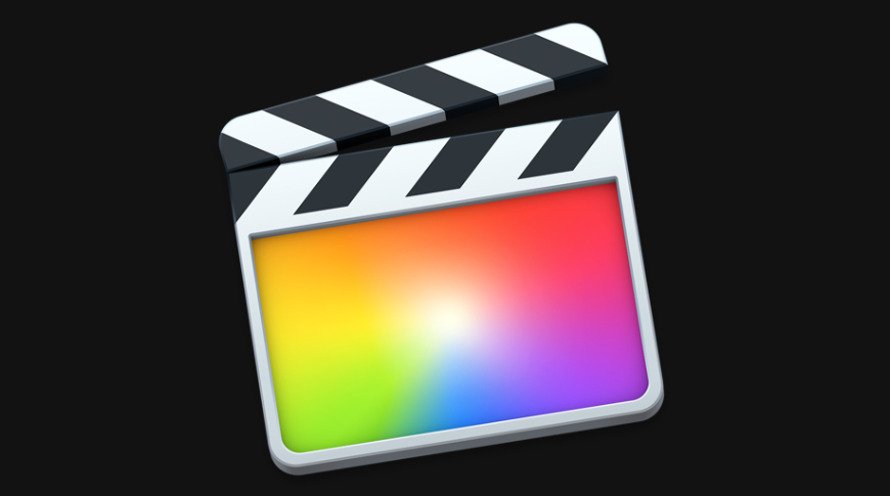
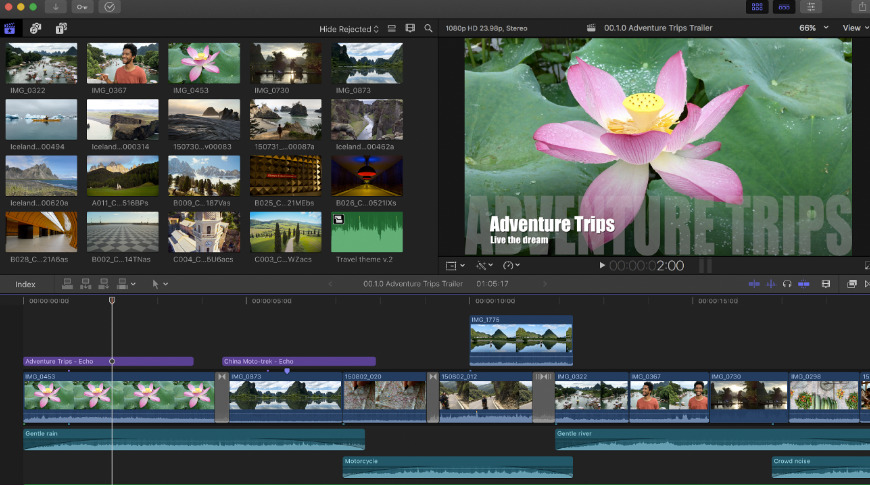

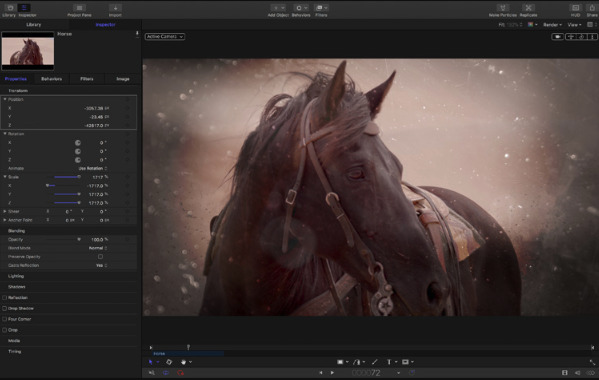
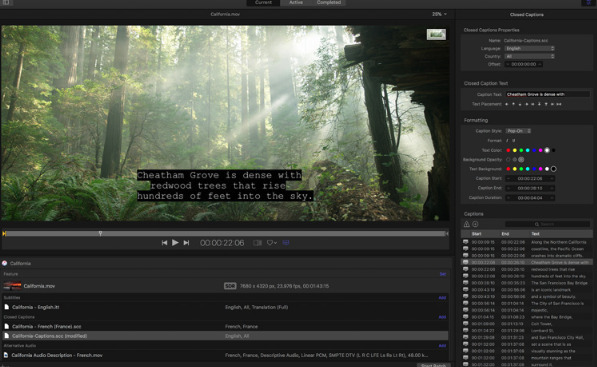
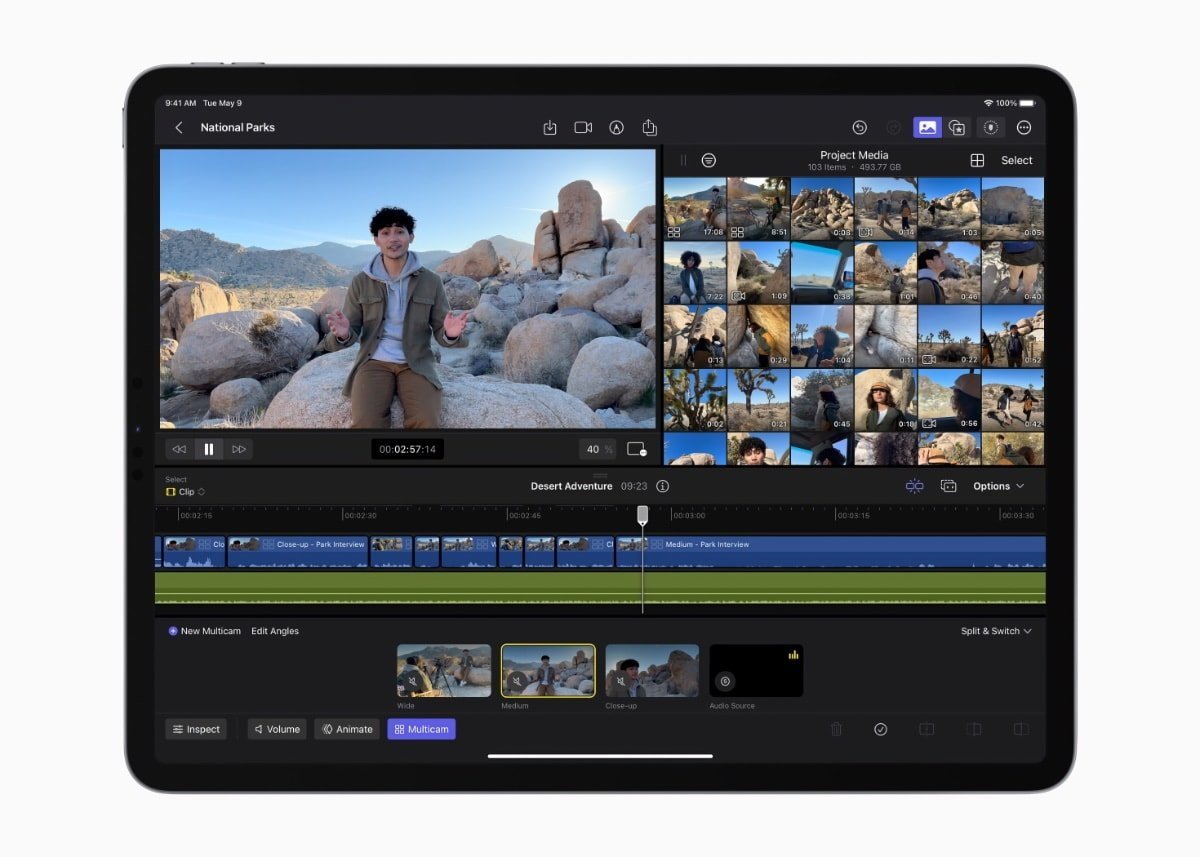

 Malcolm Owen
Malcolm Owen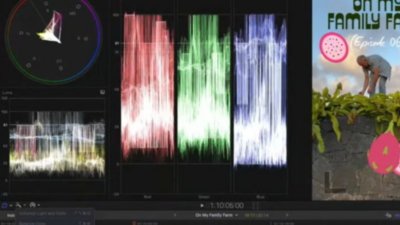
 William Gallagher
William Gallagher

 Andrew O'Hara
Andrew O'Hara
 Mike Wuerthele
Mike Wuerthele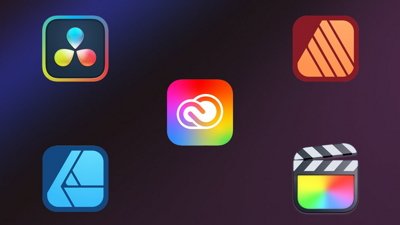
 Amber Neely
Amber Neely
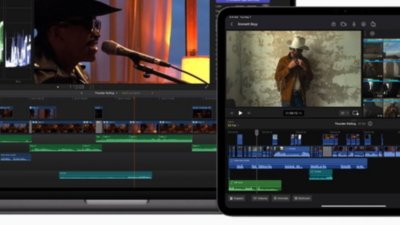
 David Schloss
David Schloss
 Andrew Orr
Andrew Orr
